2022 Subaru Outback Wilderness Review: First Drive

FAST FACTS
| Engine: | 2.4L F4 Turbo |
| Output: | 260 hp, 277 lb-ft |
| Transmission: | CVT, AWD |
| US fuel economy (MPG): | 22/26/24 |
| CAN fuel economy (L/100KM): | 10.7/9.0/9.8 (est) |
| Starting Price (USD): | $38,120 (inc. dest.) |
| As-Tested Price (USD): | $40,565 (inc. dest.) |
| Starting Price (CAD): | $43,870 (inc. dest.) |
| As-Tested Price (CAD): | $43,870 (inc. dest.) |
The car ahead of me sounds like it has gas.
No, that’s not a jab at the sound of Subaru’s iconic turbocharged boxer engine, which sits under the hood of the new 2022 Outback Wilderness. I can’t hear much exhaust note at all actually, since it’s submerged. What I’m hearing is all the trapped air bubbles making their way to the surface as the Wilderness moves across a river, the bow wave just shy of its front grille.
It’s the sort of crossing you wouldn’t try with a regular Outback. But this is the Wilderness, a tougher, higher-riding version of the wagon. Subaru has built this car in response to common customer requests and modifications, and the result is a more capable off-roader that sacrifices little of what makes it so good on the road.
What’s new?
For Wilderness duty, Subaru has made some small but important changes to the regular Outback. The first is a ride height increase, from 8.7 to 9.5 inches (220 to 240 millimeters). The requisite black plastic cladding has spread across more of the body, now reaching all the way up to the head- and taillights on either end. There’s more of the stuff around the wheel arches as well, and Subaru has traded all the exterior chrome for matte black pieces. The result is a suitably butched-up look, and one with less exposed paint to scratch up. Every journo is in a Geyser Blue tester for the day, which suits the shape well, like a cloudier WR Blue.
Get a Quote on a New Subaru OutbackUp top, there’s a stronger set of roof rails to hold more gear, up to and including a roof tent. At the other end, a set of six-spoke wheels with chunkier Yokohama all-terrain tires promise more off-road prowess. Anodized copper highlights mark out tow hooks and tie-downs, and it’s a color mirrored in the Wilderness badges dotted around the car.
Under the skin, the Wilderness retains the 2.4-liter turbo-four, pumping out the same 260 horsepower and 277 pound-feet as before. It still runs through a continuously variable transmission (CVT) too, with open differentials at both ends. The final drive ratio is a higher 4.44:1 compared to 4.11:1 though, increasing low-speed torque.
Inside, the Wilderness is still as spacious and comfortable as the rest of the Outback lineup. The seats pick up water-resistant StarTex upholstery, which looks and feels up to the task. I especially like the waffle-like texture. More Wilderness badges are present here, along with copper highlights on the wheel, shifter, and door tags.
Brad Evans, car line manager at Subaru Canada, says the Wilderness addresses some of the most common requests from Outback owners. Namely, a desire for more off-road prowess without erasing the car-like advantages the Outback offers over the competition. Subaru expects somewhere between 10 and 15 percent of Outback sales to be Wilderness models moving forward.
Off-road detail changes add up
Subaru sets us up on a short off-road course to put all these changes to the test. Beyond the general challenge of the trail itself—nothing too dramatic, but some rocky sections require care—there are three main events. The afore-mentioned river crossing is one: a second, rockier water section is next, and a hill climb is the final challenge.
SEE ALSO: 2021 Ford Bronco Sport Review: Full of Bucking CharacterThe Wilderness handles both water hazards without issue. Canadian models feature a quartet of underbody skid plates: front bumper, engine, transmission, rear differential. In America, they’re available, but as $600 dealer-installed options. A few pings from down below tell me they’re worth it.
The hill climb is a taller order (ba-dum-tshh). Not only is it steep, but it’s littered with rocks. The ideal line is an S-shape, weaving between the larger rocks and across a small trough last night’s rain must have created. With X-mode set to Snow and Dirt, the Wilderness scrambles up the hill like it was built to. The shorter final drive makes it easier to maintain momentum, and the front-facing camera helps place the nose between the sharp rocks. I want to ride again, please.
X-mode no longer has a 25 mph (40 km/h) limit, so you could conceivably run with it active on higher-speed gravel roads, like the one leading out of the off-road park. I don’t, instead leaving the Wilderness in its default setting. Here, the increased suspension travel and better dampening keep the Wilderness comfortable despite the washboard surface.
Still more car-like than others
Look, you’re still going to have to take some paved roads to your camping destination. Thankfully, the Wilderness doesn’t trade away many of the on-road manners lesser Outbacks possess. It’s still responsive, with the shorter gearing increasing off-the-line pep. The steering is light but pleasantly weighted, turning in quickly and accurately.
SEE ALSO: 2021 Jeep Wrangler 4xe Review: First DriveThere’s more road and tire noise of course, and those Geolanders will voice their disapproval in corners that other Outbacks would sail through. They’ll hold on though, and the taller sidewalls make for a softer ride. Same goes with the retuned suspension. The Wilderness rides very well, maintaining an advantage the Outback has long held over other, more conventional crossovers. This still drives like a car, essentially.
The changes do add up at the gas station, however. The knobblier tires, the added ride height, and the shorter gearing all conspire to bring the ratings to 22 mpg city, 26 mpg highway, and 24 mpg combined. Compare that to the Outback XT’s 23/30/26 mpg ratings, respectively.
Passengers will find plenty of comfort and room inside the Wilderness. 32.5 cubic feet (920 liters) of storage space exists behind the second row; fold it flat for a huge 75.7 cubes (2,144 L). The large 11.6-inch infotainment screen houses Subaru’s Starlink infotainment system. It’s not the prettiest, but the sheer real estate makes it easy to navigate. Subaru’s EyeSight suite of driver assists, including automated emergency braking, adaptive cruise control, and lane-keep assist with centering, is standard.
Who’s the competition?
The Outback Wilderness ostensibly faces off against the likes of the Honda Passport, Jeep G rand Cherokee, and Toyota 4Runner. The Honda can’t hack it off-road like the Outback, the Jeep is about to be replaced, and the 4Runner is an old-school, truck-based offering. A 4Runner Trail model—which saw off the Wrangler in a recent comparison—starts only slightly above the Wilderness, at $39,915 including destination for 2WD, or $41,790 for 4WD ($48,060 CAD). We drove it recently and while it’s fun, the on-road experience is from another century, and the driver assists are sparse.
SEE ALSO: Jeep Wrangler vs Toyota 4Runner ComparisonInstead, Subaru is targeting slightly smaller, more off-roady options like the Jeep Cherokee Trailhawk ($37,580 / $44,960 CAD) and Ford Bronco Sport Badlands ($34,855 / $42,394 CAD). Both are likely better when the road ends, but not on it—and will need options to match the Scooby’s tech and safety kit.
The 2022 Subaru Outback Wilderness lists for $38,120 ($43,870 CAD) including destination. In America, the only options are the $1,845 moonroof and navigation package. Canada includes that as standard, along with the afore-mentioned skid plates. It’s a good deal on either side of the border, but better north.
Final thoughts: 2022 Subaru Outback Wilderness First Drive Review
In many ways, the Outback was one of the earliest crossovers—or at least it was the most honest about it. What was simply a lifted Legacy wagon has become a model in and of itself, embodying what most buyers are looking for: the driving manners of a car with the go-anywhere capability and accessibility of SUVs.
The 2022 Subaru Outback Wilderness edges just a wee bit closer to the latter. It’s more capable off-road than ever before, which might just encourage owners to take it on more adventures. They’ll find an affordable, practical ride in the Wilderness—and one that won’t punish them on the roads to the trail.
Become an AutoGuide insider. Get the latest from the automotive world first by subscribing to our newsletter here.
LOVE IT
- More off-road capability
- Still comfy car-like ride on road
- Chunky looks
LEAVE IT
- More road noise
- More tire noise too
- Fuel economy takes a hit

Kyle began his automotive obsession before he even started school, courtesy of a remote control Porsche and various LEGO sets. He later studied advertising and graphic design at Humber College, which led him to writing about cars (both real and digital). He is now a proud member of the Automobile Journalists Association of Canada (AJAC), where he was the Journalist of the Year runner-up for 2021.
More by Kyle Patrick



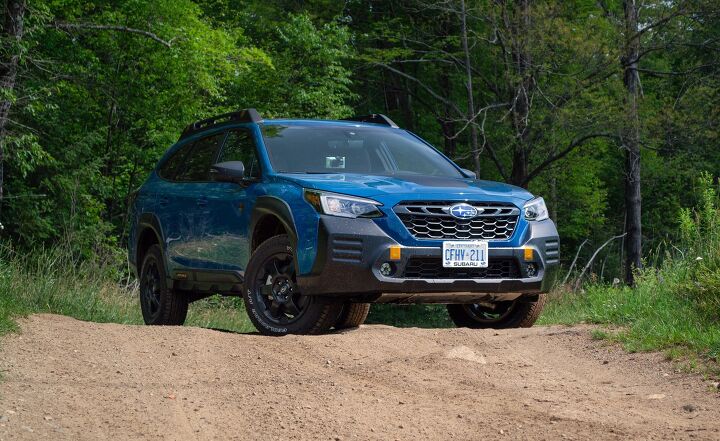




















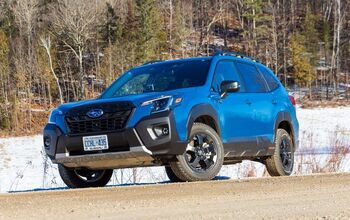

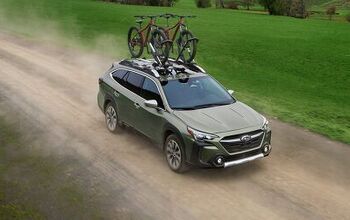

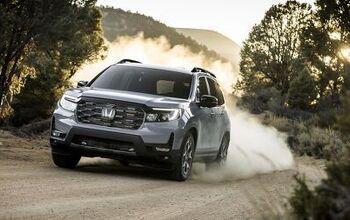
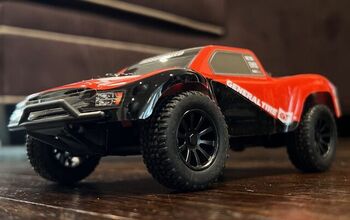

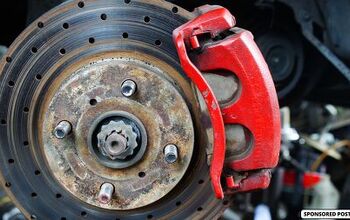
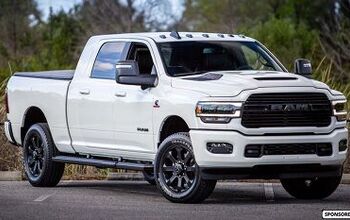

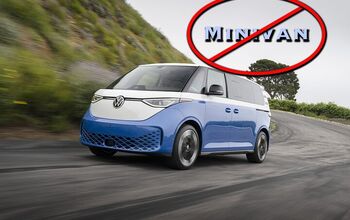



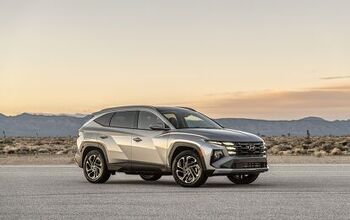
Comments
Join the conversation